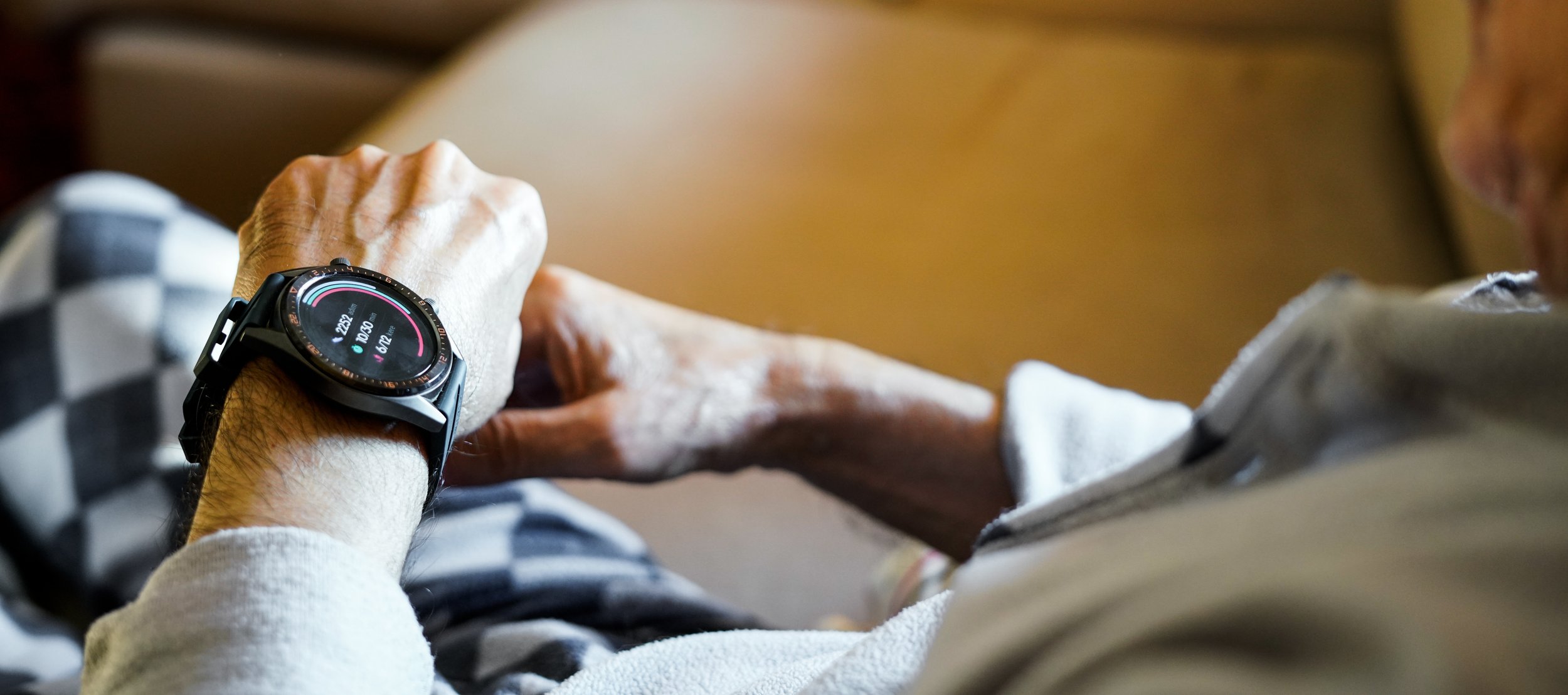Dementia design and the use of trompe l’oeil
Trompe l’oeil (pronounced tromp-LOY) is an artistic technique not often seen in use nowadays except bizarrely in care homes, which are the least appropriate environment to use this technique.
Trompe l’oeil (pronounced tromp-LOY) is an artistic technique not often seen in use nowadays except bizarrely in care homes, which are the least appropriate environment to use this technique.
Firstly, let’s explore the terminology and meaning which alone will explain some of our concerns around using the technique in environments used by people living with dementia and cognitive impairments.
“Trompe l’oeil (French for ‘deceive the eye’) is an artistic term for the highly realistic optical illusion of three-dimensional space and objects on a two-dimensional surface. Trompe l’oeil, often associated with painting, tricks the viewer into perceiving painted objects or spaces as real.” (1)
Historically the technique was used within murals and would feature a door, window or room with the intention of suggesting a larger space, vista or view. Today trompe l’oeil is most commonly featured as part of murals or wallpaper.
The DSDC use internationally recognised dementia design principles as part of our assessment and auditing of buildings and products. Furthermore, the DSDC’s Fundamentals for Dementia Aware design include promoting ability, maintaining independence and being familiar. Designs which include trompe l’oeil which essentially deceives the eye, as per the definition of the term, should therefore not be used in environments that are used by people with dementia who are already trying to work hard to make sense of a space without the added confusion of optical illusions.
As dementia progresses, the ability to make decisions can become limited, making it more challenging to follow a route and navigate a space. Corridors can be spaces where stress and distress are heightened, and the inclusion of trompe l’oeil or fake elements will potentially add to that. We recommend that anything included in an environment used by people living with dementia should be functioning and have a clear purpose.
Types of trompe l’oeil that the DSDC team have encountered and would recommend avoiding are as follows;
Oversized murals, which are realistic in their scale and photographic, can be confused for the real thing - for example, a fake shop front with sweets. Much better to create a real stall with items to purchase or enjoy than a shop which never opens and treats that can never be enjoyed.
Wallpapers such as faux bookshelves – again much better to provide an actual bookcase as a feature, whilst creating a meaningful activity at the same time.
Fake bus stops – examples of fake bus stops in garden areas and corridors create a false activity where some people with dementia could wait for the bus that never comes, leading to confusion and frustration. An actual assisted outing on the bus would be a far more beneficial and meaningful activity.
Non-functioning post boxes – all elements should be functioning. So, if a post box or letterbox opening in a doorway is included, then it should function properly so that the person using it is able to post and receive mail.
Vistas – we recommend avoiding murals which depict vistas to another world, such as an Italianate landscape in the middle of northern England. This can be confusing, and whilst it can be used as a point for discussion, instead we would always recommend framed artwork which is more familiar and easier to understand as a piece of art rather than being misinterpreted as a real landscape or view to a real landscape.
Door murals – we recommend avoiding door stickers to disguise exit doors at corridor ends or any doors which are not for public or client use. Stickers can be confusing and inadvertently draw attention to the door which was intended to be disguised. In this instance, we recommend painting the door and architraves to match the adjacent wall, so as to ‘lose’ the door.
Window murals – a fake window or vista into a world which is not familiar or local can cause confusion. Again, better to have a framed piece of local art which is familiar and provides a talking point for reminiscence.
It is therefore important that we as designers and specifiers aim to create environments which compensate for disability rather than work against it. Trompe l’oeil actively works against this ambition, so it should be avoided in all settings aiming to support people living with dementia and cognitive impairments.
(1) Wikipedia





